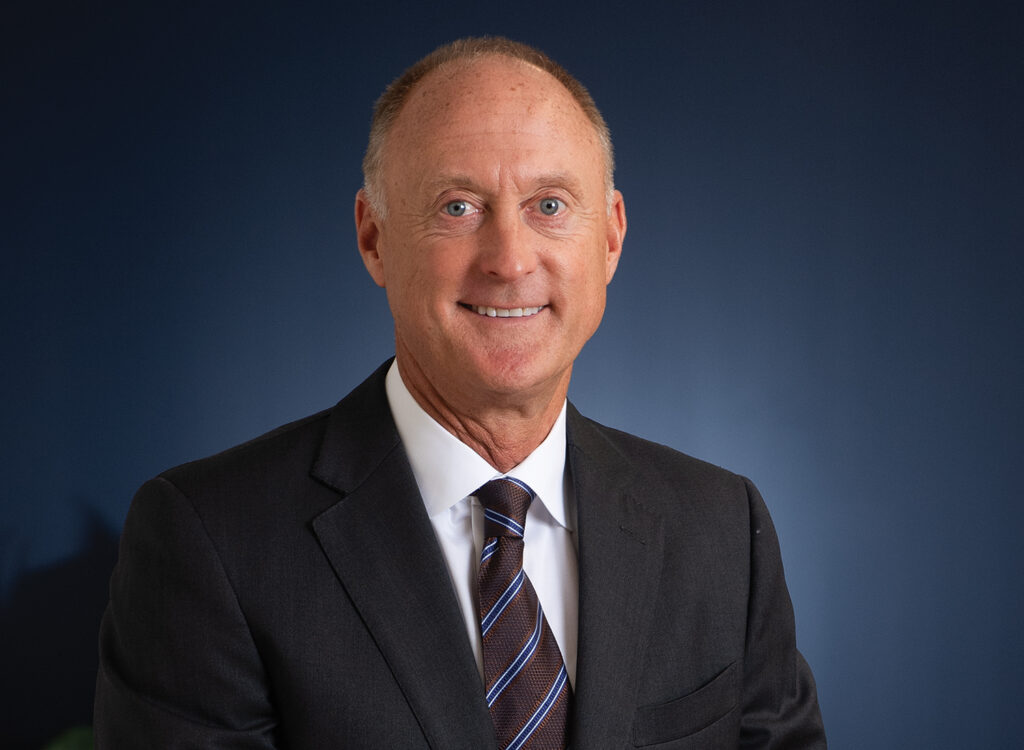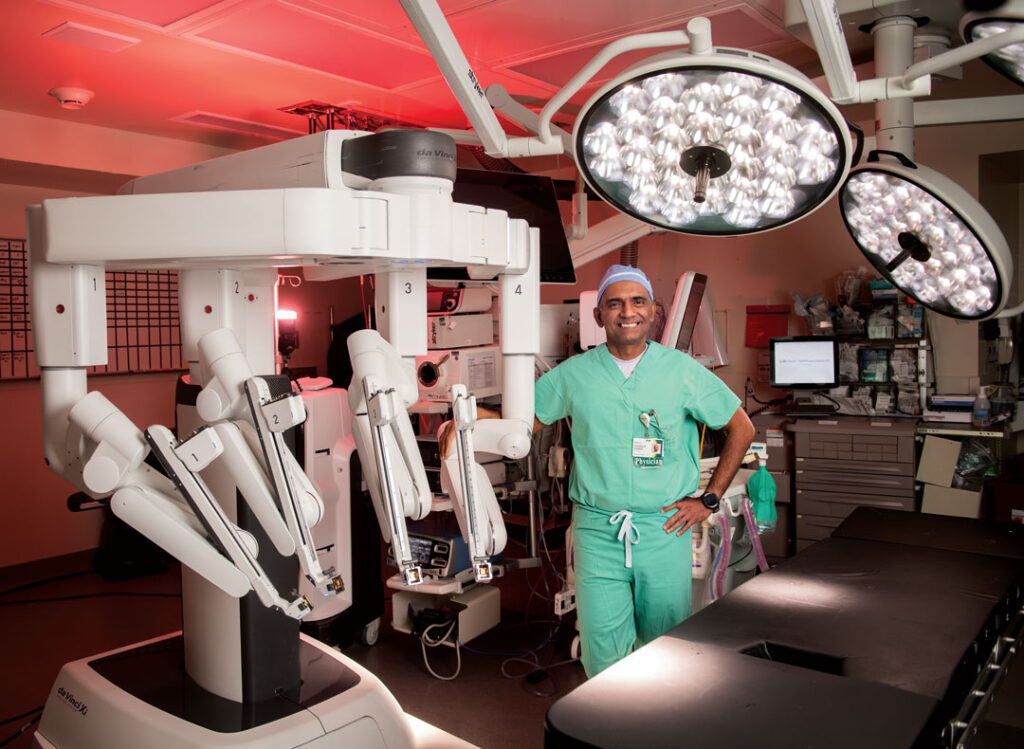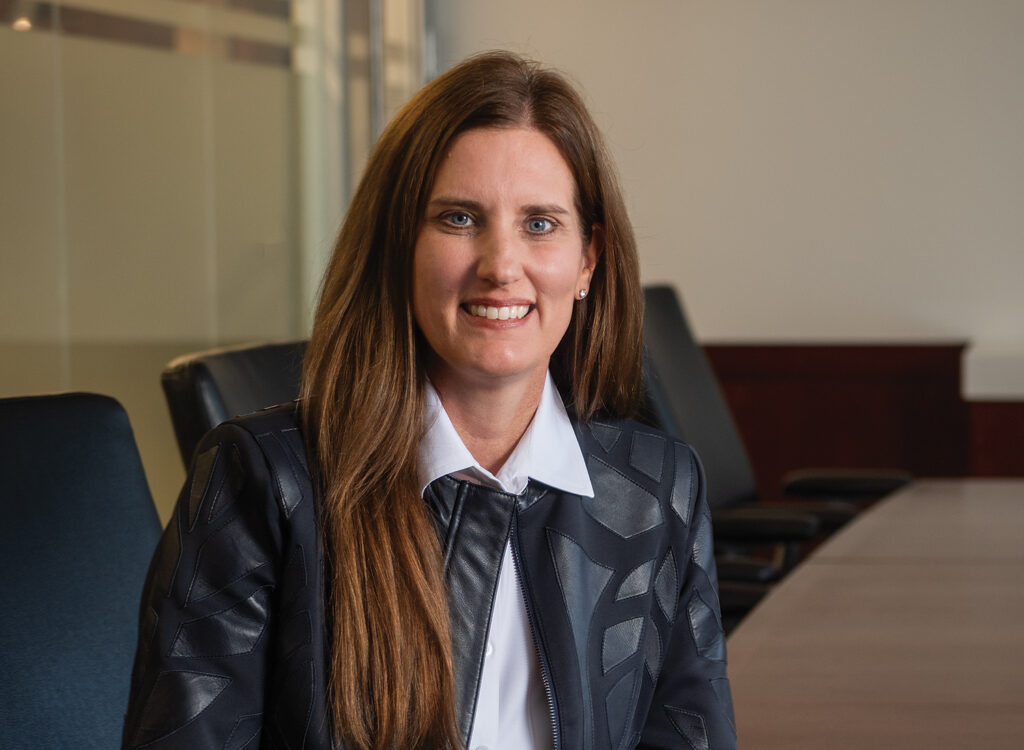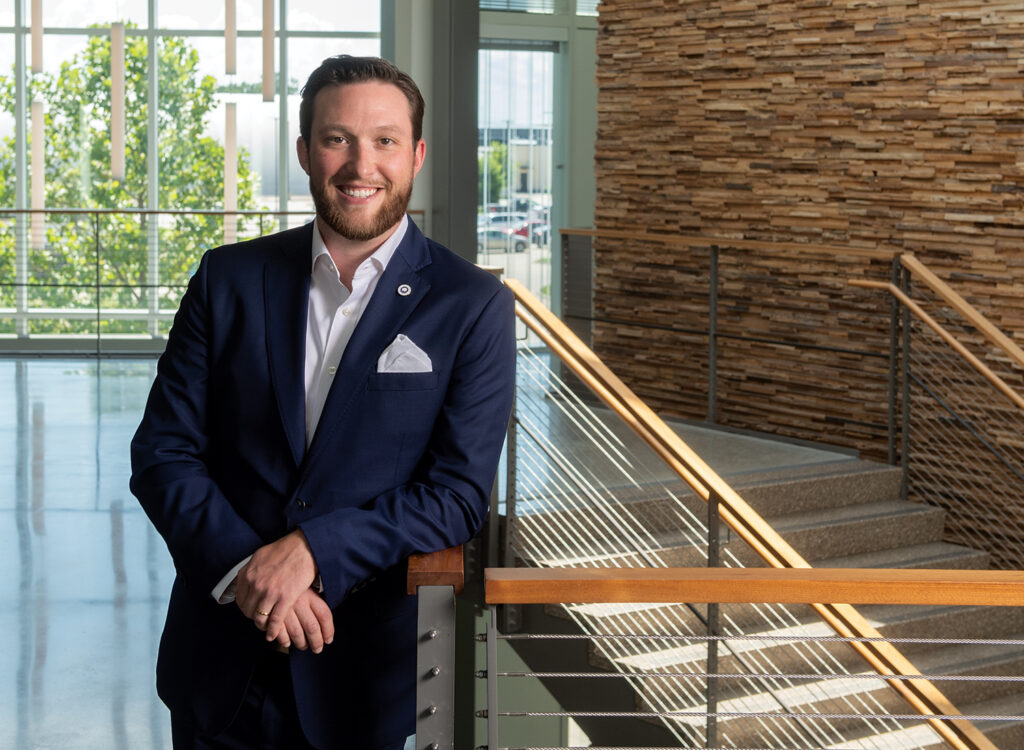Economists describe uncertain times as risk of recession looms

Rising inflation and increased costs of inputs and products will make planning difficult for companies and will increase the risk of a recession, economists said Thursday.
The Business Record hosted a virtual economic panel discussion Thursday, a day after a new report showed inflation at 9.1% compared with a year ago. Participating in the conversation were Peter Orazem, a professor of economics at Iowa State University, and Anne Villamil, an economics professor at the University of Iowa.
Orazem and Villamil discussed the recent inflation report, factors contributing to high inflation, and the risks of the U.S. economy slipping into recession.
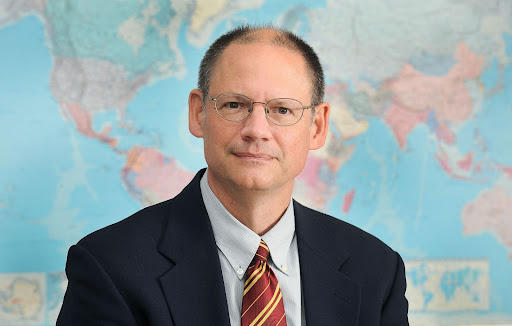 Orazem said the increased economic uncertainty “makes it very difficult for businesses and consumers to figure out how they want to plan out their consumer plans going forward.”
Orazem said the increased economic uncertainty “makes it very difficult for businesses and consumers to figure out how they want to plan out their consumer plans going forward.”“Anything that’s a big-ticket item suddenly becomes that much riskier and figuring out how much you’re going to pay for labor, or how much you’re going to pay for other inputs, and how much inventory you want to keep on hand is going to be that much more difficult,” Orazem said. “Clearly, increases in uncertainty make it much more difficult for the economy going forward.”
Villamil called this week’s inflation report “very concerning.” Despite the increased inflation rate, she said there is a glimmer of hope contained within it.
“The so-called core number is the only area of slight hope,” she said. “It was only 5.9%, which is down from 6%. That number excludes energy and food, so particularly there’s a difference because those are the drivers right now, but those are important numbers for consumers and firms.”
The first-quarter gross domestic report, released June 30, showed that Iowa’s GDP fell 1.3% while nationally the GDP declined 1.6%.
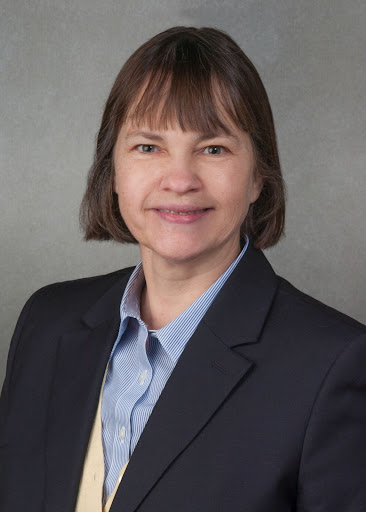 Villamil said that while GDP was negative in the first quarter, consumption “was still pretty robust.”
Villamil said that while GDP was negative in the first quarter, consumption “was still pretty robust.”“It was net exports that were the problem,” she said. “It wasn’t as bad as it might have been because there is going to be a lot of volatility in net exports.”
Orazem said the report, the third consecutive dip in the GDP in Iowa, was concerning, citing ongoing labor supply shortages.
“I’ve been concerned that the labor supply reductions in Iowa are about double the labor supply reductions nationally,” he said. That reflects the fact that we’re a relatively old state and we really lost a lot of labor supply. The number of people under the age of 45 working in Iowa increased, but over 45 it plummeted, both for men and women, and those people aren’t coming back. That insufficient labor supply is impeding Iowa’s economic growth.”
The U.S. is about 3.4 million workers below what it needs, Orazem said.
“I don’t think you’re going to solve a supply chain problem unless you fix international trade and the domestic labor supply problem,” he said.
Villamil, who participated from Australia where she is attending an economic conference, said there is concern overseas about the price of energy and inflation.
Russia is one of the world’s top energy exporters, and Europe, particularly Germany, is heavily dependent on Russia, she said.
“Germany has been an export powerhouse, so if they were to lose power or continue to be faced with high energy prices and they needed to shut down their factories or at least decrease production, that could really add to the supply chain problems, and that is a very big concern,” Villamil said.
Orazem said supply chain problems could be exacerbated by a continued low sales-to-inventory rate.
“To some extent we have dollars that are chasing past production and not replacing that with existing production, and that gets back to the labor supply problems and the inability for us to trade into the supply and consumer demand,” he said. “It doesn’t seem to me that we have a very quick solution to that source of inflationary pressure.”
Consumer confidence is low, and that is concerning because consumption is two-thirds of the gross domestic product, Villamil said.
“So if people become pessimistic and pull back on consumption, that in itself can put us into a recession, so that’s concerning,” she said.
The Federal Reserve has increased interest rates in an attempt to slow the economy and bring inflation under control. There are reports that it may boost interest rates again this month and later this year, and Orazem said while officials with the Federal Reserve may be hoping that they don’t cause a recession, he believes there is concern that increased rates will force the country into a recession.
Orazem said it will likely be a bumpy ride ahead.
“I think the ride is just about to get interesting,” he said. “I think we’re on a roller coaster now.”
Villamil said as the Federal Reserve increases interest rates, it’s possible that the market will correct itself.
“Expectations matter a lot, and if people believe that the Fed has the resolve to do this and that interest rates are going to come down, markets are forward looking and will come down,” she said. “But it’s hard to time the adjustment path.”
Short-term planning for businesses will be tough as they face uneven price increases and rising input costs, Orazem said.
“Longer term, how is Iowa going to find these workers?” he said. “I think we have to become much more aggressive about encouraging increases in immigration. We’re not going to get that lost labor through natural population growth. That’s not been our strength.”
He said anti-trade government policies make it more expensive for people to access the international supply chain.
Villamil said getting back to freer trade is a part of solving the inflation problem.
“One of the most basic ideas is that there are gains from trade and that it lowers prices, and I think that was part of keeping inflation low for a long time,” she said.
Despite concerns about high inflation, labor shortages and recession, parts of the economy are strong, which only adds to the uncertainty, Villamil said.
“Corporate profits are high right now,” she said. “So there are parts of the economy that are quite strong, and that’s why we’re in such uncertain times. Every recession is different, and we’re not in a recession yet, but these are very atypical times,” she said.
Orazem said he expects “some type of recession’ as the Federal Reserve continues to increase rates.
“The labor market is so strong that I don’t think it will be particularly severe,” he said. “Instead of having 4.8 million unfilled vacancies, we might go down to 1 million unfilled vacancies. But you’re not going to see a whole lot of increase in disruptions in terms of people who want jobs. They’ll still be able to find jobs, so it will be a very strange recession.”
View the event on demand:
While the economic update event has concluded, readers can still register in order to purchase and watch the event on demand. Those who register will receive a link and access code to watch the discussion. Watch on demand




